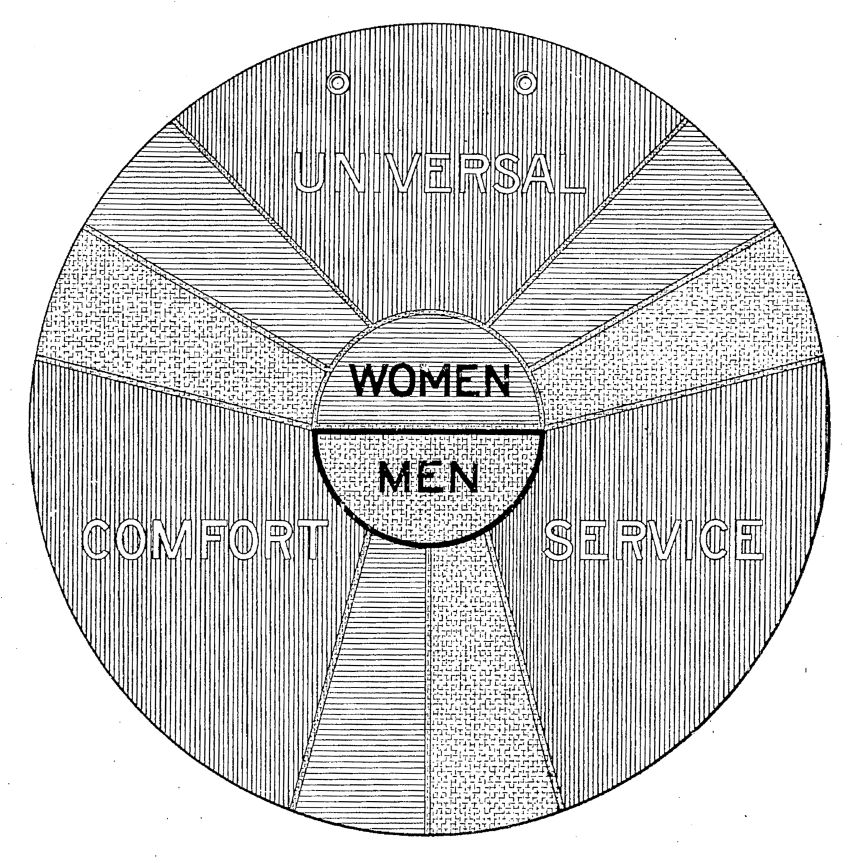Ballston Spa Life
History Lesson: Strange Inventions
BALLSTON SPA — Ballston Spa has always been proud of its industrious and enterprising citizens. The wealthiest and most successful individuals such as George West, Isaiah Blood, and Nicholas Low receive the most attention, but there are many others who have been immortalized in local histories, documents and speeches. In his centennial address of 1907, village president Irving Wiswall summarized the accomplishments of some of the most famous residents: “The first paper bags were made in this village, and the first paper collars and cuffs were made by L. M. Crane, who lived here, his mill being located about two miles north of the village. The telegraph instrument in universal use today and which supplemented the original Morse machines, was the invention of our townsman, Samuel F. Day, who also discovered the method of telegraphing with safety during thunderstorms. The first machine for making paper bags was invented in our village, and the first machine for combining paper with cloth was the invention of one of the proprietors of the Glen Paper Collar Company. The first household clothes-wringers were made in West Milton and sold in Ballston Spa.” Although the inventions listed above were important in their day, not all of the inventions to come out of Ballston Spa were famous, or even very useful. Minard Cooper invented a “new and improved mode of closing doors with or without the use of a catch” in 1852. It consisted of a bar and roller mounted on the inside wall which exerted pressure upon an open door that would force it to close. While the mechanism design seems sound, it would be rather unsightly in one’s living room. There also appears to be a danger of people inadvertently hanging themselves if they walked through the door too quickly. Theodore Lipshuts and Daniel Jones invented a “Self-Acting Battery for Scaring Crows” in 1859. As the patent letter detailed, it consisted of a “battery with a number of chambers in connection with a gun barrel in such a manner that one of its chambers after the other is made to go off by its own action, and without the aid of a man, at regular intervals, and that by these reports, crows and other injurious animals are scared away.” Prominent farmer and former Pioneer Mill owner Seth Whalen witnessed the “scarecrow” patent. Its lack of commercial success is not surprising considering the potential for injury if tampered with by curious children. It would also seem inconvenient to neighbors within a mile radius to hear gunfire at all hours of the day and night. Perhaps the strangest invention of all was by Ivy Howell in 1920. Howell was one of Ballston’s few female inventors before the Great Depression. She held two patents – a corset in 1917 (“designed for use by stout women for supporting their abdomen and to provide an absorbent shield”), and a directional sign. The sign consisted of a disk with the words “Universal Comfort Service” surrounding a smaller circle with the words “Women” and “Men,” which apparently were supposed to guide people to the appropriate restroom.
Timothy Starr Excerpted from the book “Invented in Ballston Spa,” available for sale at the Brookside Museum or on-line at www.HistoryOfSaratoga.com.
|
